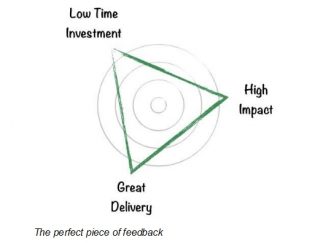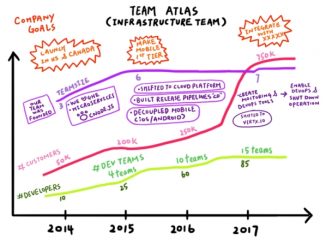Articles, Blog Posts, Books and Quotes on Agile Project Management
Meetings like the daily stand-up or retrospectives are moments that rhythm the journey of Scrum and Agile teams. Sometimes these meetings are almost religiously considered as rituals or ceremonies that bound participants together and that nobody could miss. Is this true? In his book Forming Agile Teams Workbook, Jesus Mendez discusses if the participation to Scrum meetings is mandatory.
In a Scrum team, there are three roles: Product Owner, Development Team and Scrum Master. There is no explicit mention of software testers and some could question if testing specialists are really necessary in Scrum teams. After working on several projects, Eric Delahaye has found that they are and shares with us four reasons why they should be included as soon as the first Sprint Planning.
If metrics like lines of code or code coverage are widely known by the software development community, measuring the joy of a software development team is certainly something more rarely discussed. In this article, Doc Norton proposes a simple way to asses the happiness of your software developers using the quality of your existing code. With this, you can lower your Scrum team turnover and get hints for refactoring needs.
Continuous Digital is the companion book of the Project Myopia book also written by Allan Kelly. Both books are related to its viewpoint that software development activity needs a better framework that the project approach to be successful. If Project Myopia is the book describing the concepts behind his proposal, Continuous Digital provides the “how to”.
Agile approaches are used to generate quicker feedback that supports continuous improvement. Giving proper feedback is important between Scrum team members or with other project stakeholders. This is however hard and this article provides some hints on how to make it easier.
Is hiring for an Agile team (team member, scrummaster or product owner) different than hiring for a software development organization that follows another approach? Scrum.org and McKinsey & Company have recently published the results of a joint study exploring the values and traits that make agile teams successful. The goal of this document is to help and guide organizations with concepts and ways to better recruit and coach their teams.
Agile and documentation are not two words that are often associated in articles or blog posts. Scrum teams have however to find alternate ways to spread the knowledge among their member. In this article, Viktor Cessan explains how he uses an exercise named History Lines to share knowledge in Agile teams.








